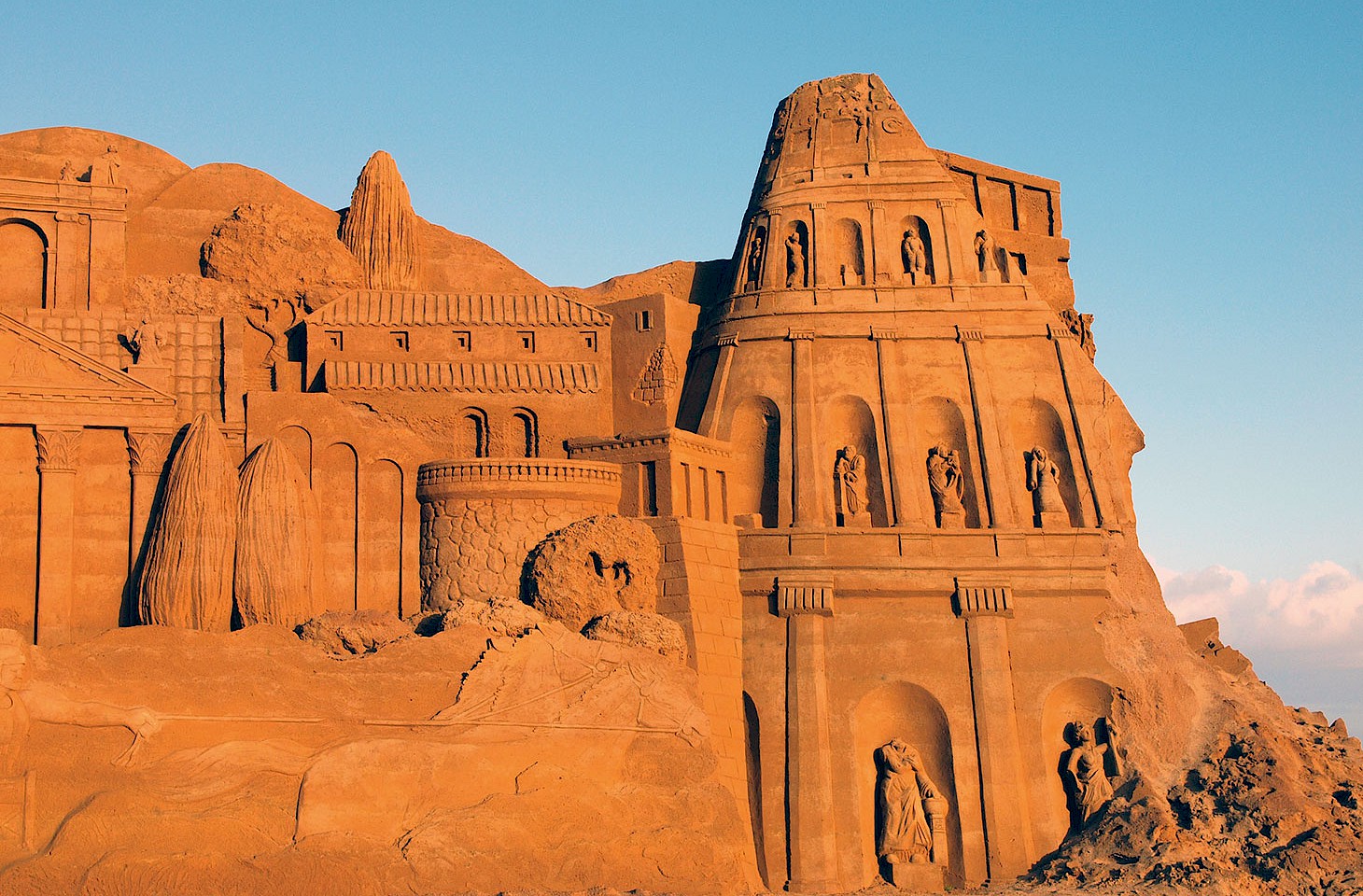Dear fellow travellers
It was ten years ago this morning that the citizens of a couple of villages in central Europe awoke to find that they were in a different country. The thirty-two inhabitants of Sidonie, a ramshackle sort of place strung out along the bank of the Vlárka river, found that they now lived in the Czech Republic. When they retired to bed the previous evening, they were in Slovakia.
Sidonie was not the only place to change hands on that July day. Fifty kilometres away to the southwest, the hamlet of U Sabotu was ceded to Slovakia by the Czech Republic. Most of the population secured a handsome financial windfall from the Prague government, which compensated Czech citizens in U Sabotu for the inconvenience of suddenly finding themselves in a foreign country. Slovak politicians rushed into town, a brass band played and there were generous supplies of slivovic. Ivan Gasparovic (the same man who nowadays is President of Slovakia) made a nice speech welcoming everyone in U Sabotu to Slovakia, but meanwhile many of the residents were already busy packing their bags and combing the property pages in search of a new home back in the Czech Republic - this time, presumably, taking care to choose a place suitably distant from any international borders.
Ten years on, and it is hard to remember that things were ever any different from how they are today. Most of the citizens of Sidonie willingly accepted Czech citizenship. The only road to the village still criss-crosses the border several times, but it is rare that officials bother to stop anyone on the road to Sidonie. Down in U Sabotu a goodly number of Czech residents did indeed leave, using their compensation to buy new homes in the Czech Republic. But they kept their old U Sabotu properties too, and still they return on holidays and weekends for a vacation in the foreign village that was once home.
When the Czech and Slovak Republics were united as a single country, prior to 1993, there was never any border in these parts. The velvet divorce created a new frontier. The 1997 adjustments tidied up that frontier, ironing out a few kinks and so trimming over thirty kilometres off the overall length of the mutual border between the two countries. The maps in government offices in Bratislava and Prague looked that little bit neater, the bureaucrats were happy and - so it seems - were most of those who lived in the two villages that were affected by the territorial exchanges.
Veurne (Belgium)
There are always good reasons for visiting Veurne, a hugely attractive little town in western Belgium just a dozen kilometres from the coast. It is as appealing today as ever it was when the poet Rilke spent a summer here a hundred years ago. This coming Sunday, Veurne hosts one of Europe's most remarkable spectacles. At 3.30 pm the Boetprocessie, or procession of penitents, gets under way. In a tradition that goes back to 1637, the event presents tableaux from Christ's life followed by an extraordinary procession of hooded figures. Draped in their cowls, Veurne's penitents believe that participation in the procession is a good way of warding off war and plague and bringing a little good luck for the year ahead. Veurne's annual procession, always on the last Sunday in July, is a moment for reflection. For some of the participants, it is very evidently an afternoon of real devotional atonement. For some of those who flock into town to watch this spooky spectacle, it is just another excuse to spend a summer Sunday in one of the most beautiful small towns in western Flanders.


